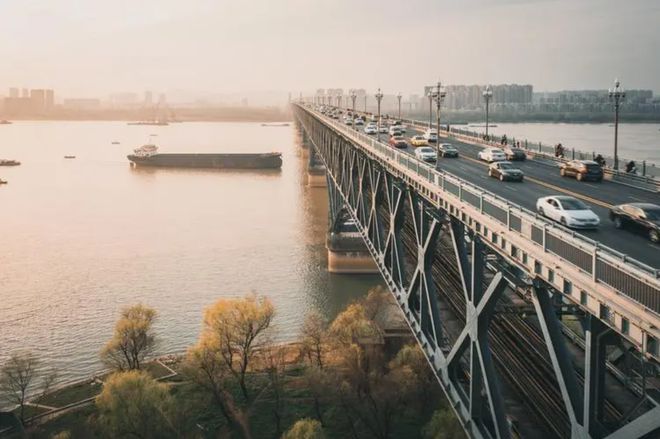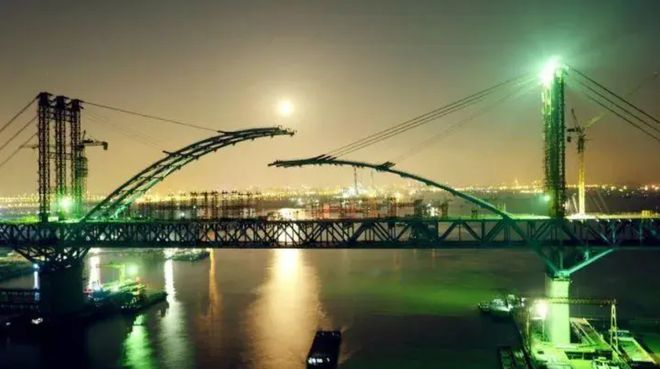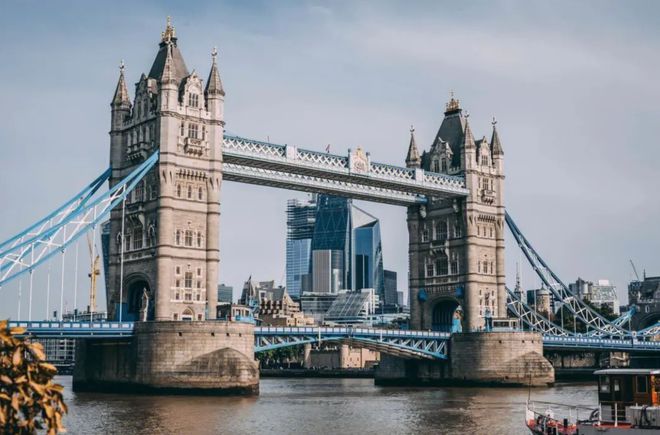Bridges are important structures that connect two banks, undertaking the important responsibilities of transporting human resources and materials and communicating economic and cultural exchanges. The construction of bridges often reflects the wisdom of bridge engineers. From the initial design to the site selection and construction, each stage may face extremely great difficulties. The most frustrating situation is when the bridge is about to be completed and joined, and it is found that bridge misalignment.

(A misalignment picture of a canyon bridge along the southern coast of Croatia)
What causes such a misaligned bridge? Let's start by understanding the reasons behind bridge misalignment.
The reason why the two sides of the bridge are not aligned is rather complex. Firstly, the earth is spherical with various uneven landforms on its surface. When engineers encounter topographical obstacles such as mountains, rivers, or valleys, they need to construct bridge supports at various heights, which may lead to the misalignment of the bridge in the horizontal direction.
In addition to being affected by topographical conditions, water is a factor that cannot be ignored. The water level changes with the tides, causing changes in the bridge's horizontality at all times. The height of the bridge varies with water level heights, causing misalignment of the bridge heads.
Sometimes there are also subjective human factors. For instance, construction workers may make mistakes, such as calculation errors, installation problems, or design flaws, which can result in imbalance at both ends of the bridge.
Therefore, before constructing the bridge, it must undergo a series of complex preparations. The most important of which is to conduct surveys of the site and surrounding areas. This includes investigations of topography and landforms, engineering geological data, preparation of hydrogeological data, meteorological data, and so on.
Engineers will meticulously measure the situation and create detailed design drawings based on the actual survey results. Workers will also continuously conduct inspections during the construction process to ensure compliance with the requirements of the drawings.
When there is a misaligned bridge during bridge construction, many people think the simplest and most brutal solution is to demolish the bridge and rebuild it or blast it and rebuild it. However, demolishing the bridge is a complex task that requires a lot of manpower and resources. When considering how to safely demolish the bridge structure, it is also important to consider how to handle waste and residual materials. The demolition of the bridge may have an impact on surrounding traffic and even lead to traffic congestion.
Blasting the bridge is even less safe approach. Blasting a bridge is blasting engineering, which requires an accurate plan and implementation plan to ensure that the structure of the bridge will not be severely damaged and will not cause harm to the surrounding environment and buildings. Therefore, in terms of safety and the environment, blasting the bridge and rebuilding it is not a wise choice.
If there is a misalignment situation, the following remedial measures are commonly used by engineers:
First is to adjust the bridge supports. The foundation of the bridge structure is the supports, and by fine-tuning the position and height of the bridge supports, the two ends of the bridge can be re-aligned.
Engineers can also use modern techniques such as hydraulic adjustment devices and adaptive support systems to more precisely align the bridge.
Prestressing technology is used to adjust the internal stress state of the concrete structure. By adding prestressing tendons to the concrete and applying prestressing during the tensioning process, a preset internal stress can be generated in the concrete structure, and then the bridge structure can be adjusted. This method performs particularly well for bridges with relatively large errors.
Furthermore, methods such as using steel structure connections, structural compensation, using expansion joint compensation, material patching, etc. can be used to eliminate errors at both ends and adjust the horizontal height of the bridge so that the two ends of the bridge can return to the same horizontal line.
In reality, some bridges have exhibited misalignment at both ends. Let's take a look at how engineers have magically remedied these bridges.

(Yangtze River Bridge)
The Yangtze River Bridge is an important bridge that spans the Yangtze River and connects Zhenjiang and Nanjing in Jiangsu, and is a significant bridge in China. This bridge has always been plagued by the issue of misalignment at both ends. Through in-depth research and analysis, it was found that the main reason for the misalignment of the bridge is the non-uniformity of the foundation settlement.
To deal with this challenge, engineers conducted thorough surveys and measurements at the spot and installed adjustment devices beneath the bridge supports. By fine-tuning the height and angle of the supports, the bridge was gradually restored to its horizontal state.

(A misalignment picture of London Tower Bridge)
The world-famous landmark - the Tower Bridge in London has also encountered the situation of misalignment at both ends of the bridge. Engineers found that due to the long history of the Tower Bridge, the railway support structure has been severely corroded and worn out.

(London Tower Bridge)
Subsequently, engineers adopted the removal and replacement of the support structure and used more durable and stable materials. After precise correction, the bridge finally returned to its original state. Similar methods can also be applied to bridges tilted in earthquakes.
When facing issues with misaligned bridge construction, it is recommended that the construction party consider various aspects and use creative methods to defuse the crisis, and use scientific methods to solve difficult problems. With feasible remedial measures, the bridge can be restored to stability and firmness, ensuring the safety of people's travel. If you have more suggestions, feel free to contact us at any time and welcome to share your views.

International Department: Room 2211-2212, Tower C of Wanda Plaza, Tongzhou District, Beijing 101118, China.
+86-13021287080
info@boyoun.cn